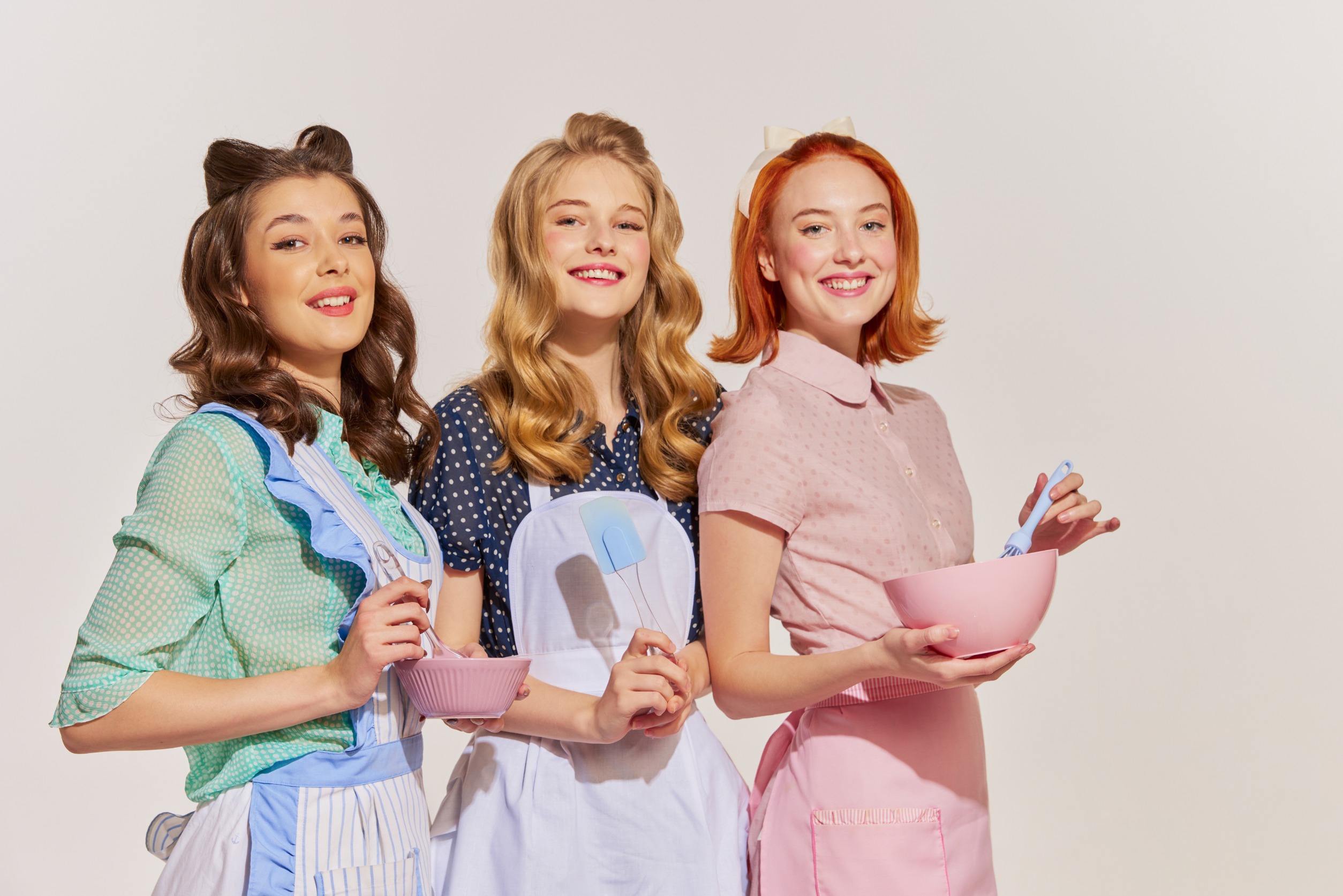Let’s face it, we are all obsessed with food!
But its not a new idea.
Food forms an incredible part of our history and by looking and studying old photos we can get a real sense of what our forebears used to eat and enjoy.
These old photos can offer glimpses into the culinary landscapes of bygone eras. See how you can share your old photos privately just with those you choose.
These snapshots, often faded and sepia-toned, unfold tales of not only what people ate but also the cultural, social, and economic contexts that shaped their culinary choices.
Here are 8 Brilliant Ways Old Photos Reveal Our Food History:
1. Old Photos Show Family Food Traditions
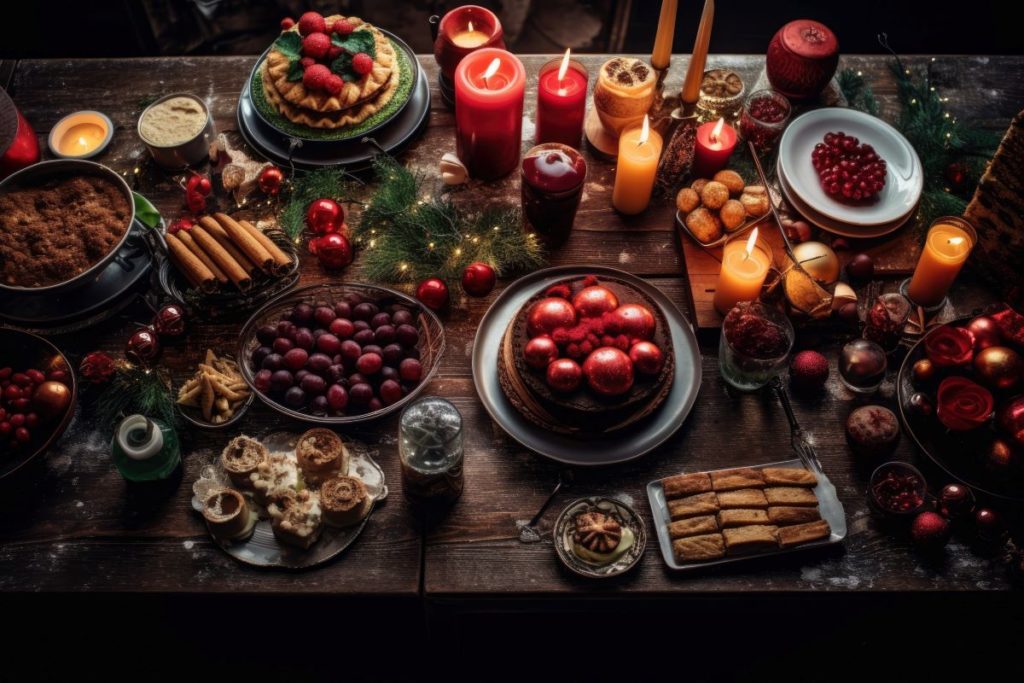
Old family photos often serve as archives not just of people but of their traditions.
We can see their culinary traditions that were passed down through generations.
For example, snaps of Christmas, Thanksgiving and other holiday feasts can reveal what was most popular at different times.
When did turkey take over from goose as the most popular dish in the UK and Ireland at Christmas? Check your old family photos and see if you can work it out.
These elaborate spreads and even those of everyday meals captured in casual snapshots, reveal the culinary heritage woven into the fabric of family life.
2. Old Photos Showcase What Kitchens Were Like
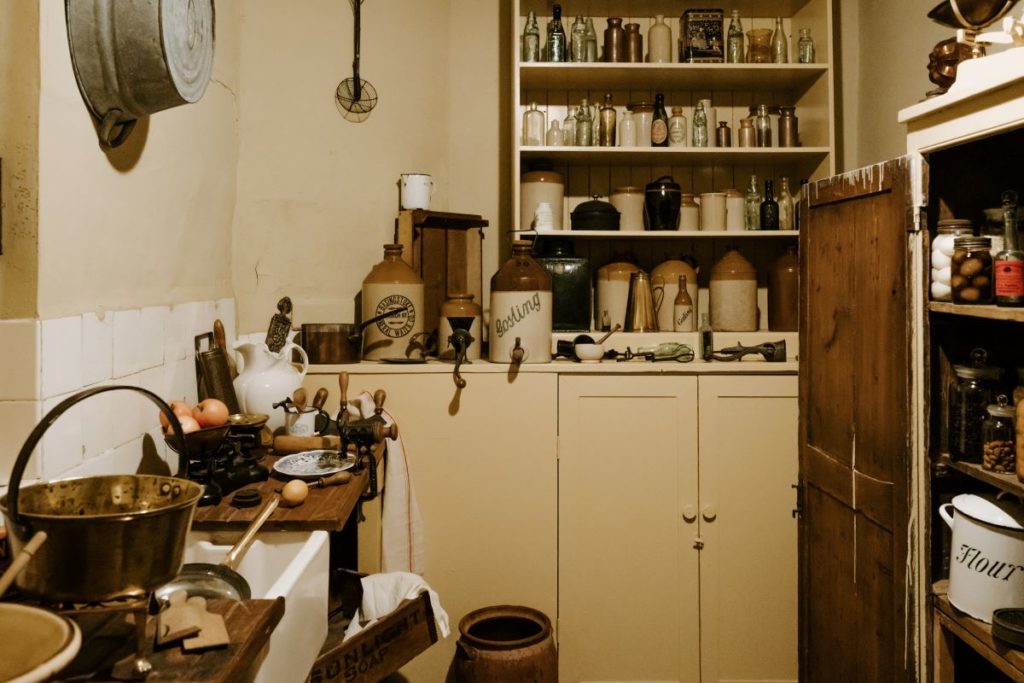
Can you imagine what your grandmothers or great grandmothers’ kitchens were like?
It was only during the 1950s that refrigerators started to be popular in most households in the UK and Ireland. These were not the giant appliances of today but much smaller units.
Take a closer look at the backgrounds of old photographs, and you might find kitchens frozen in time.
The appliances, utensils, and kitchenware on display tell a story of the ways the methods and cooking trends of the period.
From wood-burning stoves to the sleek kitchens of the mid-20th century, these images trace the evolution of culinary technology.
3. Insights Into Past Economic Conditions
Food choices depicted in old photos can provide insights into the economic conditions of the time.
The types of ingredients, the way food is presented, and the variety on the table reflect not only personal preferences but also the accessibility of certain foods based on economic status.
In times of scarcity, resourcefulness often took centre stage in the kitchen.
People also learned to cook with less expensive ingredients with most products homegrown.
For example, in Europe many households took to raising meat such as pigs and rabbits.
Chickens also were an essential both for their eggs and meat.
Did you know:
Rabbit pie was popular during World War II. Rabbits were plentiful in the countryside, and they were a good source of meat during a time when food was rationed.
Also, lentil pie was a staple because it was an affordable dish that could be made with readily available ingredients.
4. Important Celebrations and Festivities Revealed
Festive occasions captured in old photos unveil a bounty of culinary delights.
Whether it’s a birthday party, a wedding feast, or a community gathering, the food on display mirrors cultural traditions, regional specialties, and the significance of communal meals in bringing people together.
In Ireland, traditional Catholic festival such as First Communion and Confirmation were often documented in photos. It is fascinating to see the clothes the children wore but also the food at the post event meal.
5. Old Photos Show Restaurant Food and Trends
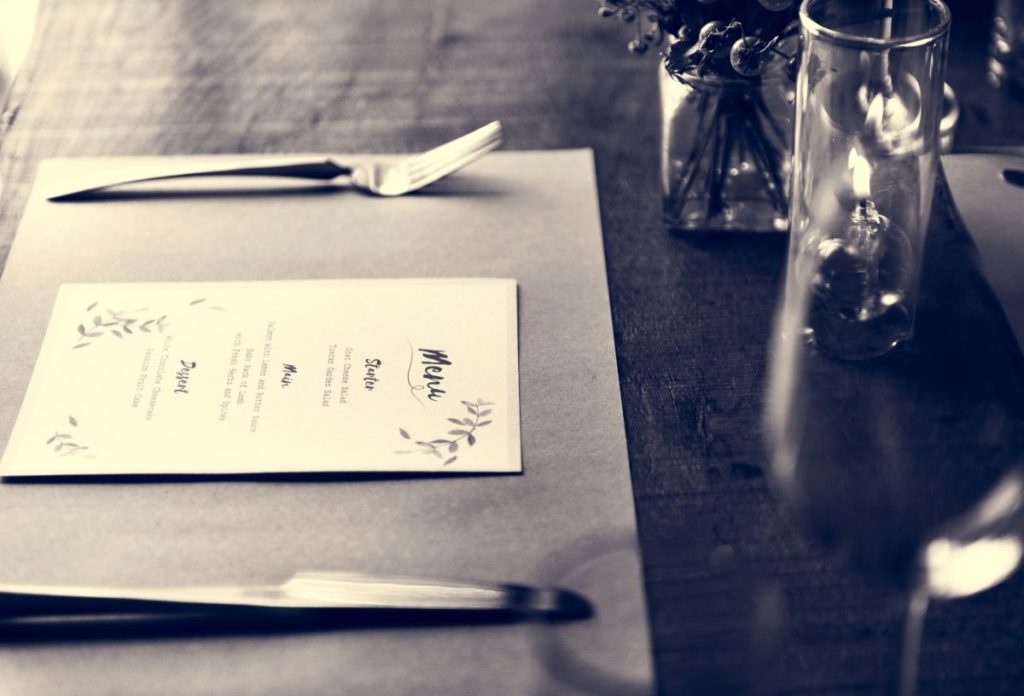
Photos of old restaurant menus can provide a visual timeline of culinary trends.
From the elegant and intricate dishes of the Victorian era to the convenience-focused recipes of the mid-20th century, these images capture the prevailing tastes and attitudes toward food. The emergence of convenience foods, the impact of wartime rationing, and the subsequent rise of fast food are all reflected in the culinary snapshots of the past.
By the middle of the century, restaurant menus began to reflect the changing economic and social landscape. For example, menus from the 1960s and 70s often feature more affordable and convenient foods, such as fast food or what was seasonally available. This reflects that more people were working outside the home and only had a little time to cook at home.
Café and restaurant menus changed staring in the 1970s. Exotic dishes such as prawn cocktail, steak, and Black Forest gateau became popular dishes lasting until the late 1980s.
6. Street Food and Markets
Photographs featuring street scenes and markets offer a glimpse into the street food culture and local markets of yesteryears.
Market stalls overflowing with fresh produce, street vendors dishing out local specialties.
These images speak to the vibrancy of culinary life outside the confines of home kitchens.
7. Old Photos in Magazines Reveal the Food Icons of the day.
Take a look at photos in vintage magazines from the 1950s to the 1980s. Celebrities and cultural icons often find their way into these old photos.
People like Betty Crocker and Fanny Craddock dominated the 1950s. Later, we had Martin Yan and Ken Hom and of course Martha Stuart.
Their culinary choices become part of the narrative. Their recipes became popular and formed a large part of the food dishes we ate in our daily lives.
8. A Photo Carousel of Changing Food Habits
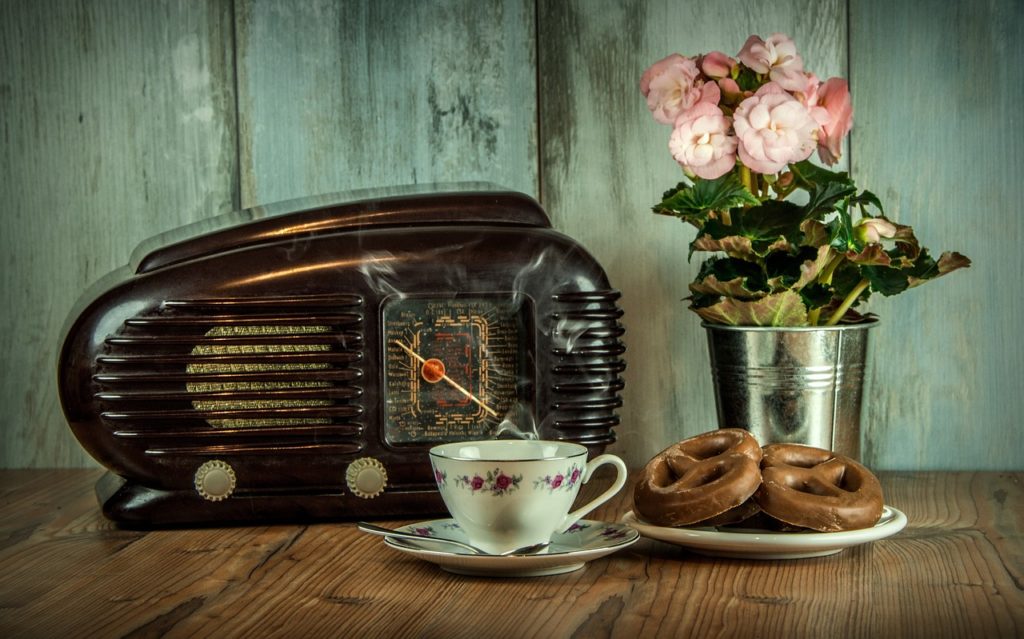
Observing the setting of meals in old photographs reveals shifting dining habits.
For example, photographs of old restaurants and cafes reveal details about how our diets have changed over time.
Formal dining rooms with elaborate table settings may give way to casual family meals in later decades. The evolution of dining spaces and the informality of meals depicted in photos offer insights into societal shifts and changing lifestyles.
Also, by looking at the types of food served, the prices of those foods, and the overall presentation of the menus, we can get a sense of what people were eating and how they were eating it.
Vintage snapshots of old menus can show us what foods were popular at different times, how much food cost, and what dishes were served in various restaurants. They can also provide clues about the effects of rationing and food shortages on our diet.
Old Photos Are a Vital Part of our Food History – They Must Be Preserved
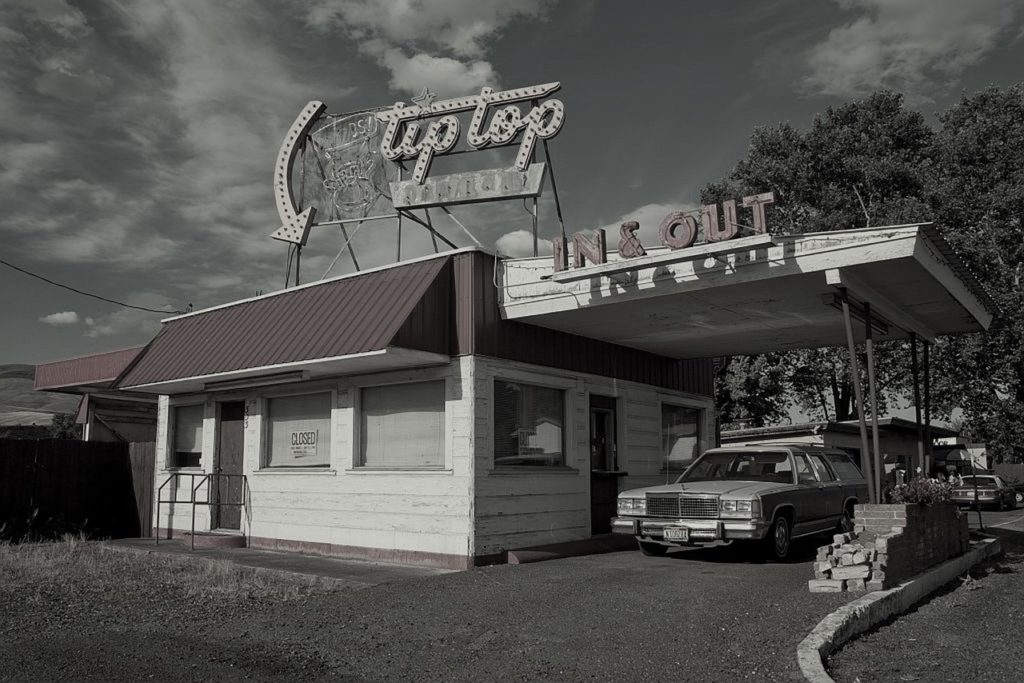
In essence, old photographs are more than visual mementos; they are edible archives that allow us to savour the flavours of the past.
Each image holds not just the essence of a particular meal but also the collective memories, traditions, and societal influences that seasoned the culinary experiences of our ancestors.
As we leaf through these visual menus of the past, we gain a richer understanding of the role food played in shaping the narratives of our heritage.
